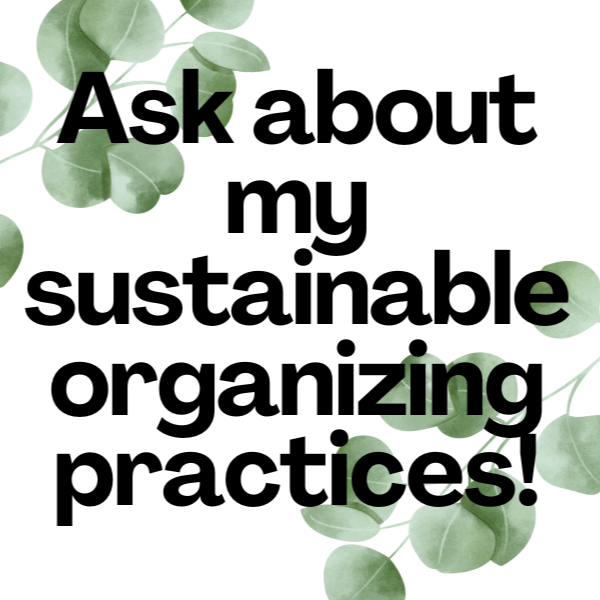The Joy of Domesticity
/I came across this New York Times article about South Korean women making videos on the joy of domesticity, mainly cooking and cleaning tasks. It’s not about organizing per se, but it falls at the crossroads between “hygge” and “spark joy,” which is my territory.
There were many similarities between the various videos, but let’s take Vlog that makes you want to clean by Ms. Kim Sang-mi (a.k.a. Haegreendal) as an example. According to the article, she is “one of many South Korean female creators who have carved out a genre of aspirational videos on YouTube that show the simple pleasures of keeping a clean, organized and food-filled home.”
The first thing that I noticed, besides how popular these videos are (often millions of views; 4.85M for the one I linked to above), is the particular aesthetic. Not just the fact that these videos look professionally made, but that they are incredibly soothing. It’s not the domestic aspects; it’s the tone, the unhurried tasks, the casual shuffle of slippered feet, the abundant light, the air, the minimalist and ecofriendly simplicity, the calm and quiet (kids are rarely present for the video, even when they are in the house, and the videos have subtitles instead of voice-overs). The vloggers often remain anonymous, choosing to appear on camera only from behind or in close-ups of their hands or lower limbs. These videos are about slowing down and awakening the senses; the video itself is a form of meditation. The article said that “mundane activities like cooking and cleaning [are] given a cinematic treatment,” which hits the nail on the head.
The pitfall is that these videos reinforce traditional gender roles (but even though specific things like that division of labor don’t work for me, they might still work for someone else, obviously). Moreover, these videos can make it seem like that’s all that the protagonist does all day, and only when you listen closely do you realize that, in Ms. Kim’s case, she had to complete a contract with a tight deadline that day (she’s a freelance illustrator working from home); but that is never shown. She may also be monetizing her online presence, and honestly, good on her if she does.
Even though some videos can sound prescriptive (see The orders for living a wise day), they are never dogmatic. The domesticity is interspersed with nuggets of wisdom, like “Even if you are somebody’s wife and mother, don’t give up on your own happiness.” It seems to present self-care as found in domesticity itself.
I couldn’t help but compare this to videos made by women in North America. There are videos like this one by duo SisLetters, two Korean sisters who live in the U.S., and it does stick to the same genre as above. Other American videos are radically different, though. I started with another vlogger referenced in the article, Ebony Nikita Okeke (a Dominican living in Atlanta). She posts things like Day in the life of a young housewife, twice a week. Her videos are much less professional-looking; she is in front of the camera a lot, giving beauty tips and tutorials in addition to homemaking advice. She is also more into decorating and showing products in a way that feels consumeristic. With her, self-care is luxurious.
I followed up with A day in the life of a stay-at-home wife by Texan Tachae Blunt. Her videos are more descriptive of her day-to-day life instead of having special moments chosen for the camera, and she’s less “in your face” than the Atlanta vlogger but much more so than the South Korean ones.
The one that came the closest was Cynthia Loewen, from Canada, with videos like Planning, Clean with me, Homemaking, though she also discusses femininity and lifestyle. (I’d be remiss if I didn’t mention the Minimal Mom, Dawn from Minnesota: her videos are more professional and target the same market, but they’re not about domesticity in the same way that the South Korean ones are.)
In all cases, the American videos have a very different tone from the South Korean ones. American vloggers put themselves in the forefront and make videos that aim to be somewhat instructional. They can be very interesting and worth watching, of course, but are never soothing in the way that the South Korean ones are. I’m not even sure what this genre is called, but I’m really enjoying it!
I’ll leave you with a palate cleanser of bloopers for the South Korean-style videos, which seem that much funnier given the seriousness of the finished product!










